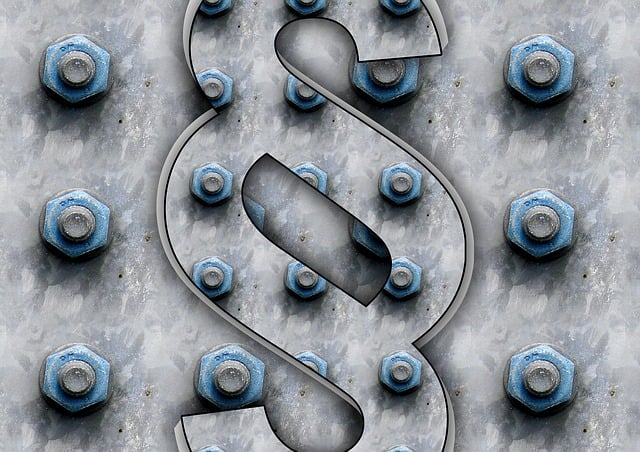Car accident injuries may not show immediately, with some symptoms emerging days/months later. Delayed pain could indicate serious internal injuries, making diagnosis challenging. Understanding this lag period is crucial for filing accurate insurance claims and navigating negligence cases. Cognitive impairments, like concentration difficulties and memory lapses, are often missed but significantly impact daily life. Prompt medical attention and specialized testing are vital to manage these issues. Hidden physical signs, such as persistent headaches and fatigue, may not appear in standard imaging initially. Recognizing and addressing these nuanced injuries is essential for comprehensive compensation and recovery, especially in complex legal matters.
In the aftermath of a car accident, immediate injuries are often visible, but hidden car accident injuries can go unnoticed for weeks or even months. This article delves into three critical aspects: recognizing delayed pain and discomfort, understanding cognitive impairment’s subtle signs, and identifying hidden physical indicators. Car accident injuries may manifest in unexpected ways, making it essential to be aware of these symptoms to ensure proper treatment and a full recovery.
- Recognizing Delayed Pain and Discomfort
- Cognitive Impairment: More Than Meets the Eye
- Understanding Hidden Physical Signs
Recognizing Delayed Pain and Discomfort

After a car accident, it’s common for people to experience immediate pain and injuries that are easy to identify. However, what many don’t realize is that some car accident injuries may not present themselves for days, weeks, or even months after the incident. Delayed onset of pain is a concerning symptom that requires attention as it could indicate more serious internal injuries. This delay in physical manifestation can make it challenging to recognize and diagnose, especially if individuals are focused on immediate treatment for visible wounds.
Understanding that car accident injuries can have a lag period is crucial when filing homeowner insurance claims or navigating medical negligence cases. It’s essential to remain vigilant about any unusual discomfort, persistent headaches, back pain, or joint aches that may not seem related to the initial impact. Such delayed symptoms could be signs of internal organ damage, whiplash, or other subtle yet significant car accident injuries. Prompt reporting and documentation of these evolving symptoms are vital steps in ensuring comprehensive compensation for all suffered damages, including those that surface later as real estate disputes arise from medical treatments and recovery processes.
Cognitive Impairment: More Than Meets the Eye

Cognitive impairment following a car accident is often overlooked, but it can be a significant and long-lasting consequence. While immediate injuries like whiplash or broken bones are easy to identify, hidden cognitive issues may not manifest immediately. Symptoms such as difficulty concentrating, memory lapses, headaches, and dizziness could indicate underlying brain trauma. These issues can impact daily life, affecting work performance, relationships, and overall well-being. Many victims might not even realize they’re experiencing these challenges until weeks or months after the accident.
Seeking medical attention promptly is crucial to managing cognitive impairment from car accident injuries. A thorough evaluation by a qualified healthcare professional may include specialized tests and imaging to diagnose and treat these hidden injuries effectively. Homeowner insurance claims may cover some of these costs, but consulting with a personal injury attorney or auto accident attorney is advisable if the accident was not your fault. These legal experts can guide you through the process and ensure you receive appropriate compensation for all related expenses, including those associated with long-term care and rehabilitation.
Understanding Hidden Physical Signs

Many car accident injuries aren’t immediately apparent, leading to a phenomenon known as “hidden physical signs.” These can manifest in various ways, often insidiously, making them easy to overlook. Symptoms may include persistent headaches, back pain that worsens over time, or even fatigue and sleep disturbances. Such hidden injuries can be particularly challenging to diagnose because they don’t always show up in standard medical imaging like X-rays or MRIs right away.
This is where the expertise of healthcare professionals specializing in post-traumatic care becomes invaluable. They are trained to look beyond surface-level symptoms, delving into nuanced physical and mental health assessments. Recognizing these hidden car accident injuries is crucial because left untreated, they can lead to long-term chronic conditions. Understandably, individuals involved in accidents may be focused on more immediate concerns like property damage or personal injuries visible at the time, but prioritizing hidden physical signs is essential for comprehensive accident compensation and recovery, especially when navigating complex legal matters such as business litigation or real estate disputes.
Car accidents can cause a range of hidden injuries that may not present themselves immediately. Recognizing delayed pain, cognitive impairment, and subtle physical signs is crucial for proper diagnosis and treatment of car accident injuries. By understanding these symptoms, victims can navigate the recovery process more effectively and ensure they receive the necessary care. Awareness and prompt action are key to managing and overcoming the often-complex aftermath of a motor vehicle collision.






